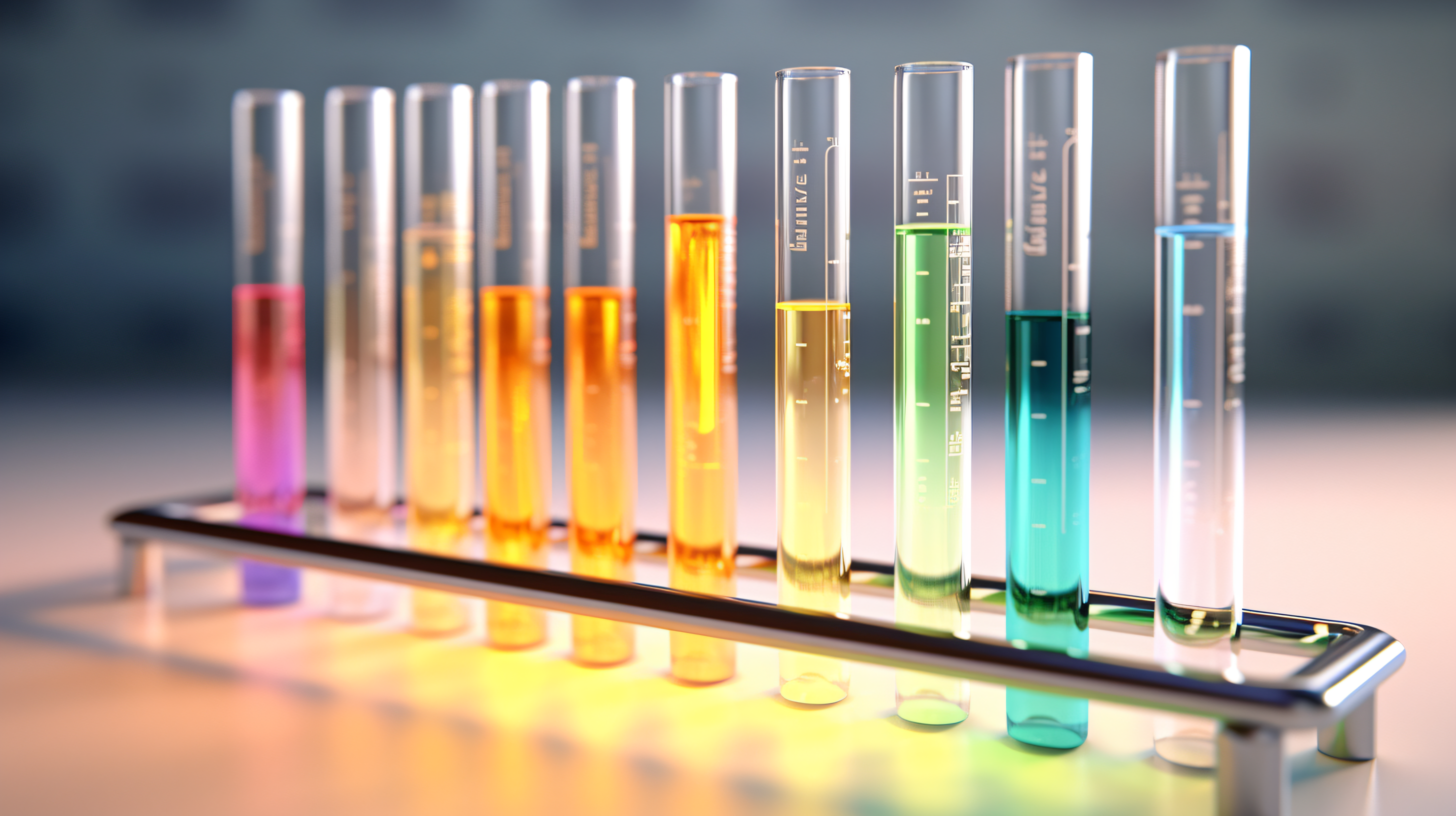




























MTT provides professional silicone testing services, using advanced equipment to accurately and quantitatively analyze trace residues, helping customers effectively control cleaning quality, prevent production risks, and ensure product reliability.

Siloxan testing is crucial and mainly used to detect residual organic silicon pollutants after industrial cleaning. These residues may cause serious quality problems such as poor adhesion, coating detachment, and poor spot welding in subsequent processes (such as spraying, bonding, and coating), especially in the fields of electronic components, medical devices, and automotive manufacturing, which pose great harm.
MTT provides professional silicone testing services, using advanced equipment to accurately and quantitatively analyze trace residues, helping customers effectively control cleaning quality, prevent production risks, and ensure product reliability..
| Project Overview
Siloxane is a type of organosilicon compound containing Si-O-Si bonds, which is widely used in fields such as rubber, detergents, polishes, adhesives, and sealants. Due to the environmental and health risks associated with some siloxanes, many countries and regions around the world have introduced regulations to control siloxanes.
| How do relevant countries and regions control siloxanes?
① EU REACH Regulation: Lists D4, D5, D6, octamethyltrisiloxane, decamethyltetrasiloxane, and 1,1,1,3,5,5,5-heptamethyl-3-[(trimethylsilyl)oxy]trisiloxane as Substances of Very High Concern (SVHC) and restricts their use in certain products.
② EU Cosmetics Regulation: Stipulates that D4 and D5 are prohibited from being used in rinse-off cosmetics, with a limit of 0.1%. There is currently no clear restriction on D6, but a risk assessment is required due to its SVHC status.
③ Stockholm Convention: D4, D5, and D6 are proposed to be included in the POPs list of the Stockholm Convention because they are difficult to degrade in the environment and may cause pollution through long-distance air migration.
④ China: There are currently no clear regulations restricting D4, D5, and D6 in China, but relevant industry standards are being gradually improved.
① Compliance requirements: With the increasing global emphasis on environmental and health protection, regulations in various countries regarding the restriction and control of siloxanes are becoming stricter. By conducting siloxane tests, enterprises can ensure that their products meet relevant regulatory requirements and avoid legal risks and economic losses due to non-compliance.
② Environmental protection: Some siloxanes are persistent, bioaccumulative, and toxic (PBT), which may cause long-term harmful effects on aquatic environments, soil, and other ecosystems. Effectively controlling the residual amount of siloxanes helps reduce environmental pollution and protect the ecological environment.
③ Quality control: In the application of siloxanes in fields such as electronic products, low-molecular-weight siloxanes may affect the performance and quality of products, such as causing electrical contact failures and blurring or fogging of optical devices. By testing the siloxane content, enterprises can optimize the production process, improve product quality, enhance market competitiveness, and help establish a good brand image.
Enterprises should thoroughly understand and comply with EU REACH, cosmetic regulations, the Stockholm Convention, and Chinese industry standards, evaluate the compliance of siloxane content in products, and ensure that the siloxane content in the production process meets environmental and health standards. Develop low-siloxane substitutes and reduce environmental and health risks through technological innovation. Continuously monitor regulatory updates, adjust strategies in a timely manner, reduce market risks, and promote sustainable development.
MTT can assist enterprises in investigating the presence of siloxane substances in electronic and electrical products, components, and raw materials, provide professional solutions, avoid trade risks, and promote sustainable development.
| MTT Suggestions
As the regulatory regulations for siloxanes continue to be updated and improved, enterprises need to closely monitor relevant developments, promptly adjust testing methods and production processes, strengthen the detection and management of siloxane components, ensure that products meet international and domestic regulatory requirements, and avoid market risks due to non-compliance.